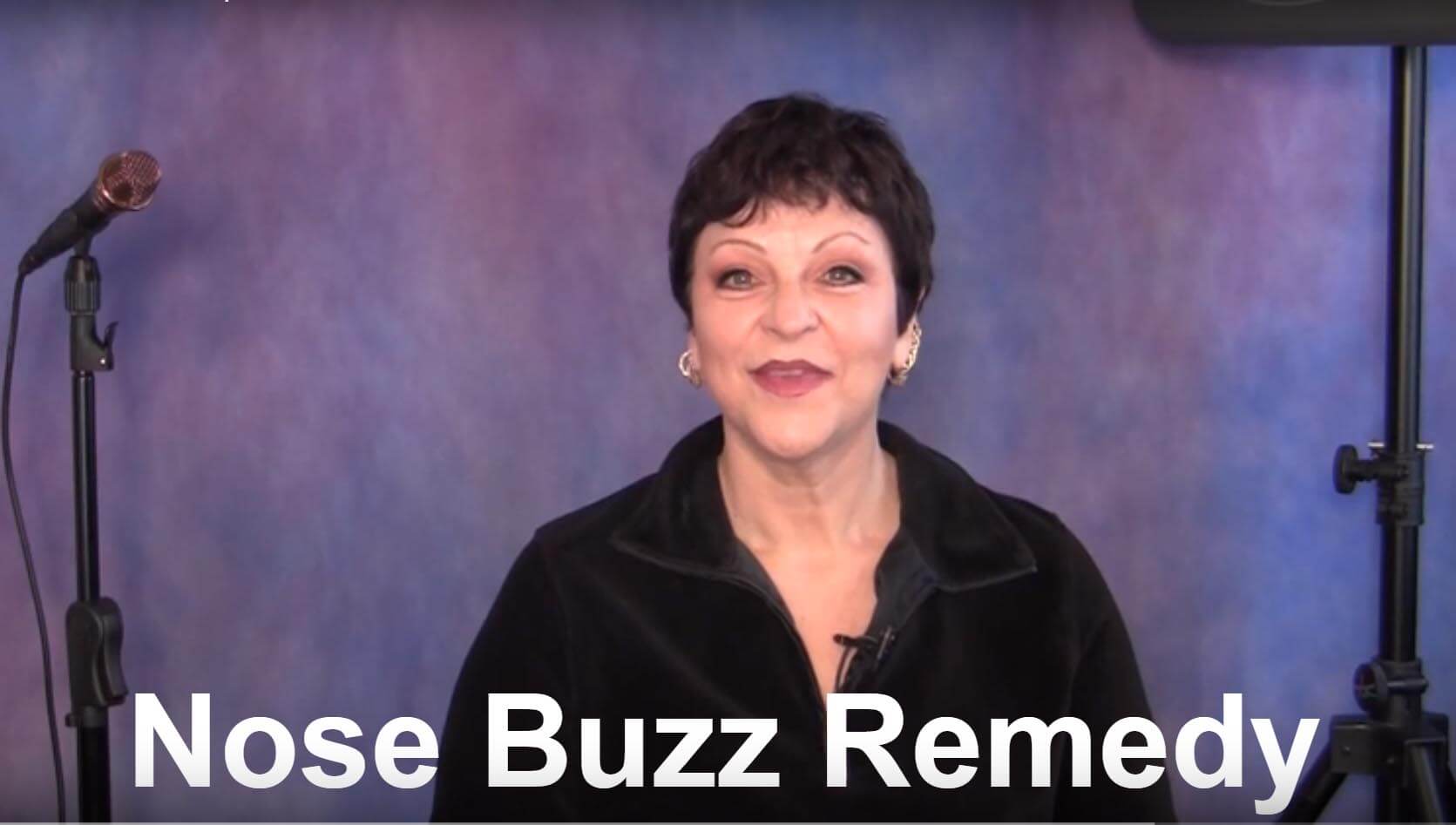Singing with volume and power is perhaps the second most common wish I have heard from the thousands of singers I have coached. Of course the first is a singer’s desire for more vocal range. Let’s talk about the things that may prevent you from acquiring these illusive gems.
If you want to fully expand your range, volume and power, you have to be able to sing without throat muscle tension. Later in this lesson there’s an exercise for relieving throat muscle tension that you can apply to any song you sing. Let’s continue our study of the:
Five Primary Causes Of Throat Muscle Tension
- Lack of adequate vocal warm-up and/or cool-down
- Air over-blow (pushing out too much air as you sing)
- Over articulation (emphasizing tongue, mouth, lip movements when singing)
- Using force rather than resonance for volume and power
- Compensating for under-developed vocal muscles
The first parts of this lesson can be found in the Free Lesson section and the Archive. In this lesson we’ll address:
4. Using force rather than resonance for volume and power.
As you may know from experience, powerful singing is a style often accompanied by its own punishment – strain, frequent throat clearing, hoarseness, laryngitis, throat discomfort or loss of upper range. In severe cases the result can be nodes (calluses on the inner rims of the vocal folds) or polyps (blisters on the top or underside of the vocal folds). Nodes and polyps are painfully restrictive of singing and may alter your voice permanently.
Metal and Rock singers often have the attitude that voice training will make them sound too “pretty” or force them to lose their unique identity. This is sometimes true if you study the wrong vocal technique. So not knowing what else to do, these singers bash and trash their voices resulting in canceled gigs and sometimes weeks of touring lost.
Does singing powerfully, inevitably mean you’ll wreck your voice? Often yes, Unless You Know How to do it Right! The good news is that it’s not what you sing, but rather, how you sing that will either slaughter or save your voice. Through nearly 50 years of my own vocal performance and over 35 years of vocal research and coaching others, I’ve discovered techniques that allow you to sing any style, even the aggressive and powerful ones with a seamless wide range and without damage to your voice.
Force versus Resonance
If you’re using muscle force in your throat or mouth to sing powerfully, you will have problems. Muscle tension and force in the throat will simply limit the vibrations of your voice and restrict the resonant power you could otherwise achieve naturally. This tension, especially in the back of your tongue, your soft palate and your lips can strain your voice. Muscle tension can cause your voice to go off pitch and shorten your range considerably. It will eventually fatigue your voice and cause increasingly severe vocal blow out.
The body part that vibrates and creates the sound of your voice, your vocal folds, are not what give you volume and power. True, if you practice the correct vocal exercises, the muscles within the vocal folds become stronger and more limber. This improves their agility and responsiveness resulting in better tonal quality and a fuller voice. Your voice sounds better and your range can increase, but vocal power and volume come from resonance.
Examining the Problem
Like an acoustic guitar where the vibration of the strings resonates in the hollow body so you can hear the notes, the vibrations of your vocal folds need to resonate within the porous bones, muscle and tissue lining, palate (roof of mouth) and open body cavities (inner space) of the throat, mouth, sinus cavity, head, chest and back to achieve volume. Resonance and thus volume with power is further enhanced if these vibrations are not dampened by tension in these areas. There are definitely exercises that help you achieve a powerful multi-octave and healthy voice without compromising your stylistic qualities or uniqueness.
The first step would be to get your vocal muscles limbered and flexible. The next step would be to remove muscle tension or strain in the throat that will hinder the vibrations of your voice and dampen the resonant power you could otherwise naturally achieve. If your throat and tongue tighten, you shut down your acoustic chamber and there goes the resonance. Tension, especially in the back of your tongue, can make your voice offensively strained and piercing rather than full and powerful.
No Tension = Big Sound
Many singers subconsciously associate tension with big emotion and a powerful voice. Unfortunately, just the opposite is true. To sing louder and harder you need less tension which permits more resonance. How to get this is the trick. I have developed a number of techniques that develop powerful singing while eliminating the risk of vocal blow-out. For my complete method, visit my new Online Vocal School.
Exercise for Increasing Resonance
Here’s an exercise which may seem ridiculous but which has surprising results. It uses vibration as a sort of massage to stimulate and relax certain muscles and resonators. If done correctly you’ll be able to sing louder and easier at the same time.
- Choose a song you know that’s relatively easy for you.
- With the fingers of one hand lightly pinch closed the opening of your nose.
- Open your mouth slightly. Let the tip of your tongue rest against the back of your bottom teeth. The tongue has nothing to do with making this sound.
- Using the brattiest, most nasal tone you can muster, sustain an “E” vowel sound (as in the word “seem”) or an “I” vowel sound as in the “word “him.” Take your time establishing the buzz vibration in your nose. This is what we’re looking for. Make sure you aren’t pushing or forcing. The volume should be just enough to get the buzz in your nose and not more. When you have found and can easily sustain the buzzing in your nose, go onto the next step.
- While maintaining this nose vibration, buzz slowly through the melody of a song with no lyrics. Keep in mind that this is an exercise, NOT a way of singing. Move through the melody slowly so that you get as much buzz in your nose as you can on each note.
- Repeat any phrases as needed to ensure that you maintain the buzz through the entire phrase.
- Once complete, sing the song with lyrics. Don’t apply the above directions now; just sing the song normally.
You’ll notice a definite new ease in singing the song. Any notes that seemed too high should now seem easier and more comfortable to sing. Your voice will naturally sound louder. If you do not experience this result, go through the exercise again and make sure you are following the directions closely.
Until next month,
Jeannie Deva







Leave A Comment
You must be logged in to post a comment.